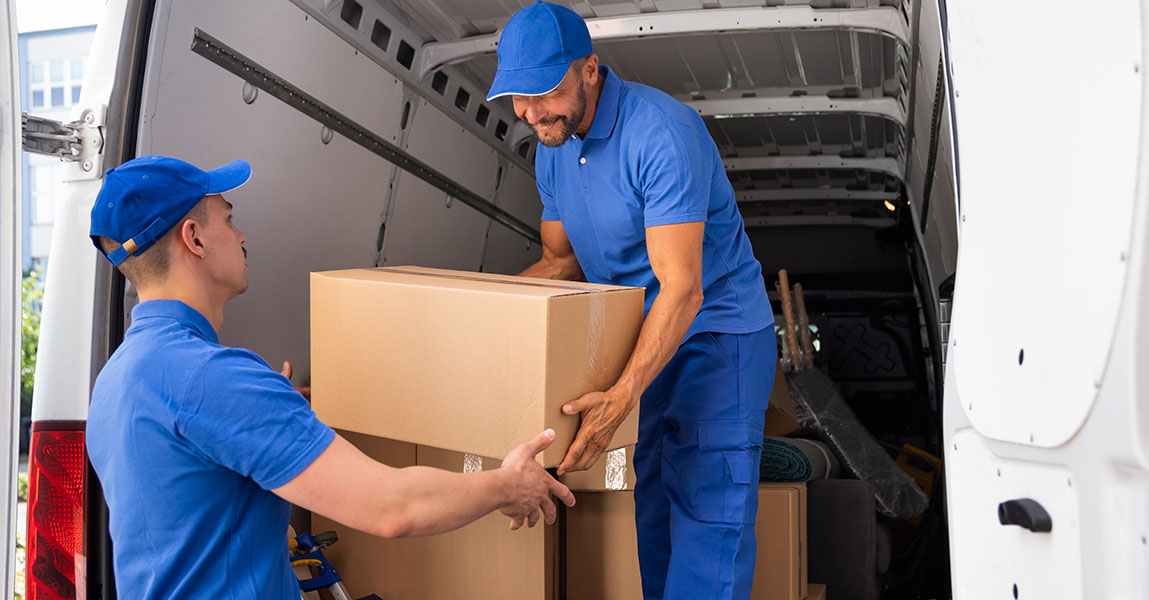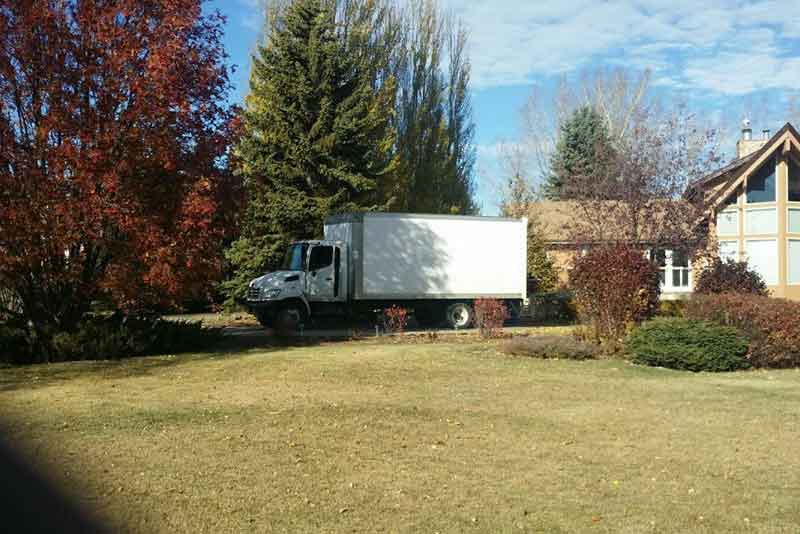Moving delicate artwork and valuable antiques requires more than just standard boxes and tape. These items often hold financial or sentimental value, so the way we prepare and pack them matters. With the right techniques, we can reduce risk and ensure every piece arrives in one piece.
Choosing the Right Packing Materials
Selecting proper materials is the foundation of safe transport. Standard cardboard may work for basic items, but fine art and antiques need sturdier solutions. We often rely on double-walled boxes, acid-free tissue, bubble wrap, and custom crates. Acid-free paper helps prevent discoloration or damage to surfaces, especially for paintings or fragile fabrics. Bubble wrap provides cushioning, but we always avoid direct contact with painted surfaces. Instead, a soft layer of tissue should go on first. For larger antiques, custom crates lined with foam give the best protection. Choosing these materials might take extra effort, but it pays off when items arrive without harm.
Preparing Artwork Before Packing
Paintings and framed prints need careful preparation before going into any container. We begin by inspecting frames for loose glass, chips, or weak corners. If the frame has glass, applying painter’s tape in a crisscross pattern helps reduce shattering risk during transit. Once secure, we cover the front with acid-free paper or glassine. Then we wrap the piece in bubble wrap, ensuring the wrap extends beyond the corners, since those are prone to cracking. For unframed canvases, a cardboard corner protector combined with a sturdy mirror box offers stability. Sculptures or odd-shaped items often require soft padding between protruding parts so they do not rub or snap.
Special Care for Antiques
Antiques vary widely, from wooden chairs to porcelain figurines, and each needs unique care. Wooden furniture can react to humidity changes, so we cover it with moving blankets rather than plastic, which traps moisture. We use padding between joints and handles to prevent scratches. For fragile porcelain or glass items, wrapping each piece individually in tissue first prevents abrasion, then we add bubble wrap for impact resistance. Larger antique pieces may need dismantling, such as removing table legs or glass shelves. Labeling each part and keeping screws in small, sealed bags avoids confusion during reassembly. Protecting antiques this way ensures they remain secure throughout the move.
Creating a Safe Transport Environment
Packing correctly is only part of the process. How items are loaded and secured in the truck matters as well. We make sure boxes with art or antiques are clearly labeled “Fragile” and placed in upright positions rather than flat. Heavy boxes should never be stacked on top of delicate crates. For sculptures or large framed artwork, securing them vertically against the truck wall with straps reduces movement. Climate can also play a role, especially if the move happens in extreme heat or cold. Using insulated covers or requesting a climate-controlled vehicle when possible helps prevent warping or cracking.
The Role of Professional Assistance
While we can handle some packing tasks ourselves, certain pieces may benefit from expert handling. For example, high-value paintings or very fragile antiques often require custom crating and specialized moving practices. A professional moving company Edmonton has the experience and tools to reduce risks that come with transporting such items. Their teams may also offer insurance options that add extra peace of mind. Deciding when to bring in outside help depends on the size, fragility, and overall value of each piece. Considering the potential cost of damage, hiring skilled movers can be the most practical choice.
Step by Step Packing Example for a Painting
Let’s walk through the process of preparing a medium-sized framed painting. First, we tape the glass with painter’s tape. Next, we cover the front with acid-free paper. After that, we add corner protectors and wrap the entire frame in bubble wrap. The painting then slides into a mirror box that fits snugly with no room for shifting. If the painting is especially valuable, we might place the mirror box inside a custom crate lined with foam. Following these steps ensures maximum stability and minimizes damage risk. This method can be adapted to fit prints, photographs, or even mirrors.
Step by Step Packing Example for a Porcelain Figurine
Porcelain figurines demand a different process. We begin by filling a small box with packing peanuts or crumpled tissue to create a soft base. Each figurine is wrapped in acid-free tissue, then bubble wrap. Once secure, it is placed upright in the box with padding between items. We never pack multiple fragile pieces directly together without separation. The box is then sealed and labeled. Adding extra padding on the top layer ensures nothing presses down during transport. By isolating each piece, we reduce the chance of chips or cracks.
Preparing Items for Long Distance Moves
Longer moves create additional challenges. Vibrations, temperature changes, and extended handling times can wear down even strong packing. For these moves, custom crates with foam lining are often the safest choice. Furniture should be dismantled when possible, with each piece wrapped separately. Using desiccant packets inside crates can help control moisture during long trips. For paintings, climate protection is even more critical, as extended exposure to extreme temperatures can cause warping. Planning ahead with durable materials and secure packing prevents these issues before they happen.
Insurance and Documentation
Even with the best packing, accidents can happen. That is why insurance and documentation are important. We always recommend photographing each item before wrapping it. This record helps in case of disputes or insurance claims. Writing detailed descriptions of condition also ensures clarity later. For high-value items, consider obtaining professional appraisals. Having insurance coverage specifically for art and antiques provides security beyond normal moving protection. This step may not stop damage, but it helps ensure financial recovery if something unexpected occurs.
Common Mistakes to Avoid
Many problems happen because of small mistakes that are easy to prevent. Wrapping paintings directly in bubble wrap without tissue can lead to imprints on the surface. Using tape directly on delicate finishes can strip paint or varnish. Overfilling a box with fragile items creates pressure points that cause cracks. Stacking heavy furniture on antique chairs often results in broken legs. Forgetting to dismantle larger pieces increases the chance of joint stress or splits. By avoiding these common errors, we make the process much safer.
Practical Tips for Safe Arrival
One overlooked step is preparing the destination space before the items arrive. Clearing walkways and setting aside a safe spot for antiques or artwork avoids last-minute scrambles. Having proper stands or mounts ready for paintings reduces the time they spend leaning against walls. For large antiques, measuring doorways and staircases in advance prevents issues on moving day. Keeping these simple tips in mind allows a smooth transition when the truck unloads. Planning at both ends of the move is just as important as careful packing.
When to Seek Extra Guidance
Some situations call for direct professional advice beyond our own preparations. For example, transporting very large sculptures or heritage antiques may involve regulations or special equipment. In such cases, reaching out through contact us for expert moving help can provide answers and support. Having access to specialists ensures items with unique needs are managed properly. Rather than taking unnecessary risks, asking for guidance ensures these valuable items remain protected.
FAQ
How do I pack an antique mirror for moving
Wrap the mirror in acid-free paper, apply corner protectors, and use a mirror box. For larger or valuable mirrors, place the box inside a crate with foam for extra safety.
What materials should I avoid when packing artwork
Avoid plastic wrap directly on surfaces and regular newsprint, as both can cause staining or moisture damage. Always use acid-free paper or glassine for surface protection.
Can I move antique furniture without taking it apart
It is possible, but dismantling pieces when possible reduces stress on joints and prevents damage during handling. Removing legs or shelves makes the process safer.
How should I store artwork during a move if unloading is delayed
Keep artwork in a climate-controlled space away from direct sunlight or moisture. Avoid garages or storage without temperature regulation, as this can warp or crack items.
What is the safest way to transport small fragile antiques
Wrap each item individually in tissue and bubble wrap, use dividers inside boxes, and add padding at the bottom and top. Never let delicate items touch each other.






